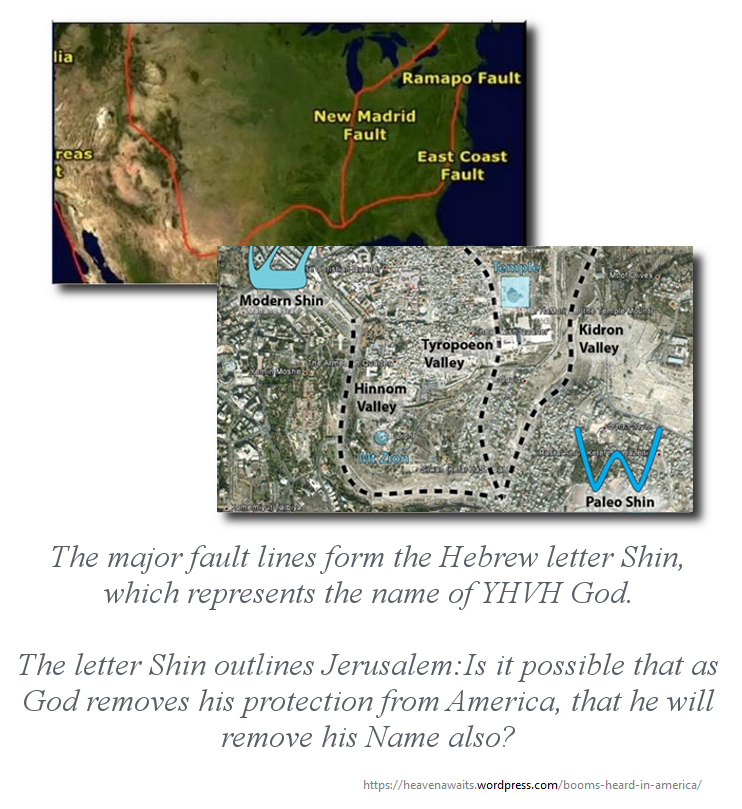
James Madison is said to have felt the seismic waves arriving in Washington, D.C.

Eyewitness accounts noted that the shaking rang church bells as far away as Boston, Massachusetts, and brought down chimneys in Cincinnati, Ohio, about 360 miles (580 km) away. Shortly after the earthquake began, ground shaking was felt as far away as Canada in the north and the Gulf Coast in the south. Since the rocks in the eastern United States have few active faults to interrupt the propagation of seismic waves, ground vibrations from earthquakes generated in the region may travel thousands of miles. Large waves formed on the water that capsized numerous boats and thrust others onto the land.

On the Mississippi River itself, the shaking calved the soil along riverbanks and caused trees lining the river to fall into the water. Soil liquefaction caused large sand blows that fouled farmland in Missouri, Tennessee, and Arkansas. Fissures opened in the ground some were filled with water from the nearby Mississippi River or wetlands, which was later expelled high into the air when the fissures closed. Some areas sank, while others were uplifted. Despite the strength of the tremors, only minor damage to human-made structures was reported: from collapsing chimneys, falling trees, and cracking timbers in houses.

It was followed by at least three large aftershocks with magnitudes that ranged from 6.0 to 7.0 over the course of the next 48 hours. The main shock that occurred at 2:15 am on December 16, 1811, was a result of slippage along the Cottonwood Grove Fault in northeastern Arkansas. Scholars do agree, however, that the New Madrid earthquakes were the strongest such events recorded in North America east of the Rocky Mountains. More-precise figures have been presented by the United States Geological Survey (USGS) Earthquake Hazards Program: magnitude 7.7 for the December earthquake and magnitudes 7.5 and 7.7 for the January and February earthquakes, respectively. The magnitude of the December 16, 1811, event ranged from 6.7 to 8.1, whereas the ranges for the earthquakes of January 23 and February 7, 1812, were 6.8–7.8 and 7.0–8.8, respectively. Magnitude estimates for each of the three events associated with the 1811–12 earthquake sequence vary widely, largely because they rely on historical accounts and analyses of the present-day landscape rather than data provided by modern seismic instrumentation. The earthquakes and their aftershocks took place within a large region called the New Madrid Seismic Zone (NMSZ)-an area of high earthquake risk running from northeastern Arkansas and northwestern Tennessee to southeastern Missouri and southwestern Kentucky. The number of lives lost from the earthquakes remains unknown however, scholars note that the number was probably not great, because the region had only a sparse rural population. There were thousands of aftershocks, of which 1,874 were large enough to be felt in Louisville, Kentucky, about 190 miles (300 km) away.
#NEW MADRID SEISMAC ZONE LENGTH SERIES#
New Madrid earthquakes of 1811–12, series of three large earthquakes that occurred near New Madrid, Missouri, between December 1811 and February 1812.
#NEW MADRID SEISMAC ZONE LENGTH HOW TO#

#WTFact Videos In #WTFact Britannica shares some of the most bizarre facts we can find.Demystified Videos In Demystified, Britannica has all the answers to your burning questions.Britannica Classics Check out these retro videos from Encyclopedia Britannica’s archives.


 0 kommentar(er)
0 kommentar(er)
